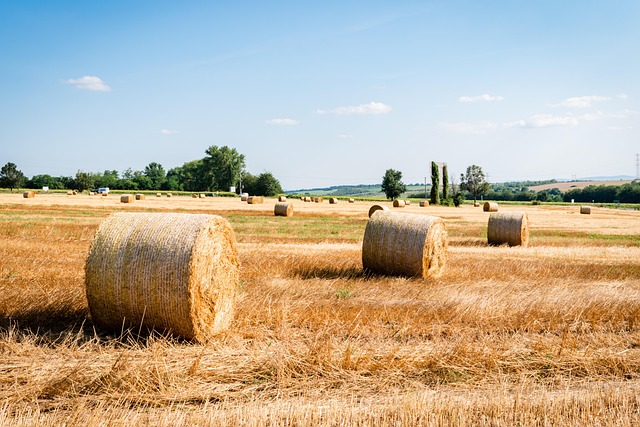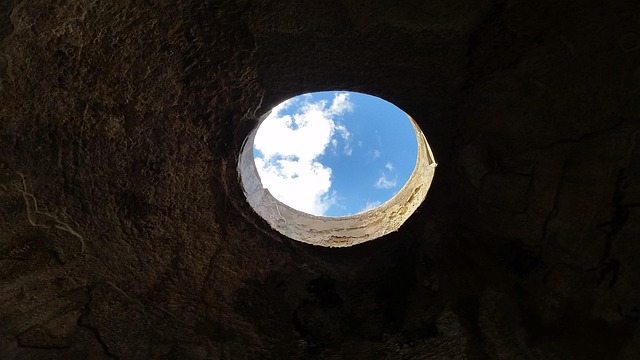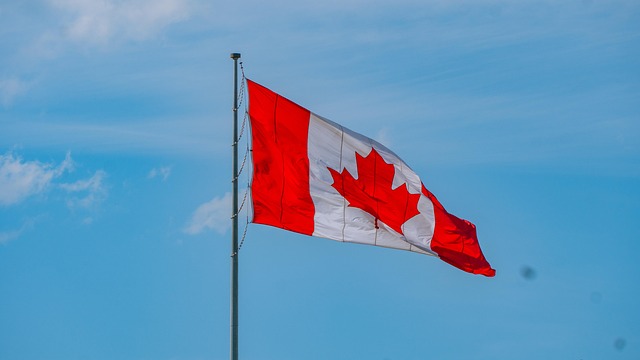
Securing permits and licenses is vital for film pre-production to comply with local regulations, varying by jurisdiction and project scale. Location research is key, as every area has unique rules. Obtaining location access and releases through early communication and demonstrating artistic merit is essential. Meticulous planning, consultation with legal experts, and considering the shoot's impact on neighbors are crucial. Adhering to privacy, safety standards, cultural sensitivities, and historical contexts is paramount for filming on location.
Planning an on-location shoot? Navigating legalities is crucial for a smooth film production. From obtaining permits and understanding local regulations to securing access and releases, every step ensures compliance. Research thoroughly and respect privacy and safety standards to avoid legal pitfalls. Prepare your team and equipment accordingly, and plan for potential challenges. Following these guidelines will make your on-location shoot a success, capturing stunning footage while adhering to legal requirements.
- Obtain Necessary Permits and Licenses
- Research and Respect Local Regulations
- Secure Location Access and Releases
- Plan and Prepare for On-Site Production
- Comply with Privacy and Safety Standards
Obtain Necessary Permits and Licenses

Before rolling camera on any location shoot, securing the right permits and licenses is non-negotiable. Each jurisdiction has its own set of regulations governing film production, so it’s crucial to research and understand local laws. This process involves obtaining both general and specific permissions, depending on your project’s scope. For instance, a simple documentary might only require a location release form, while a feature film could necessitate more extensive permits covering everything from noise levels to traffic control.
Remember, failing to secure the appropriate clearances not only risks legal repercussions but can also jeopardize your production’s box office success later on. Established filmmaking resources and industry professionals like those visited us at Rhythm and Pace anytime can offer valuable insights into navigating this phase, ensuring a smooth pre-production journey that adheres to both local laws and sound screenwriting principles based on film history’s lessons.
Research and Respect Local Regulations

Before setting foot on any location for filming, thorough research is paramount. Every location has its own rules and regulations regarding public film shoots, which are designed to protect residents’ privacy and preserve local environments. These guidelines can vary wildly from city to city, or even within different neighborhoods of the same metropolis. Familiarize yourself with these laws, considering both federal and local regulations. Websites for industry networking film theory courses often provide up-to-date information on such matters.
Respecting these rules not only ensures legal compliance but also fosters good relations with local communities and businesses. Whether you’re shooting a fiction or non-fiction project, adhering to these regulations demonstrates your commitment to responsible filmmaking. Keep in mind that even seemingly minor infractions could result in costly fines or the shut down of your shoot. As such, it’s crucial to understand and follow these laws—and if you encounter any confusion or ambiguity, don’t hesitate to reach out to local film commissions or consult with professionals who specialize in cutting techniques for guidance.
Secure Location Access and Releases

Before you start rolling camera, securing location access and obtaining releases is paramount for any film project, especially when shooting on location. This involves reaching out to property owners or managers well in advance, explaining your vision, and demonstrating how you plan to minimize disruption. A clear communication strategy, coupled with a compelling case for your project’s artistic merit, can go a long way in gaining their cooperation. Remember, transparency and respect are key; treat these locations as if they were your own, and build positive relationships that could be invaluable for future productions.
In the world of film production, obtaining releases is not just a legal formality; it’s a testament to your professionalism and commitment to ethical practices. These documents protect both you and the location owners by clearly outlining permissions, restrictions, and responsibilities. For instance, a release might specify the duration of shooting, any required security measures, or limitations on sound levels. A practical effects mastery or script adaptation requiring unique settings necessitates these detailed arrangements, ensuring a smooth production process and fostering good relationships within the community. Find us at CGI animation, or anywhere else, and these steps will be crucial for a successful on-location shoot, allowing you to focus on what matters most: the art of storytelling.
Plan and Prepare for On-Site Production

Before stepping onto any location for filming, thorough planning is essential to ensure a smooth production process and adherence to legal requirements. Researching and understanding local laws and regulations regarding film shoots is crucial, as these vary significantly from one place to another. Check with the relevant authorities or consult a legal expert familiar with media laws to grasp the specific permissions needed for different types of locations, including private properties, public spaces, and historic sites.
Additionally, consider the potential impact of your shoot on the area and neighbors. For instance, if you’re planning to capture vibrant street scenes or noisy action sequences, inform nearby residents in advance to avoid disturbing them. This proactivity not only fosters good relationships but also ensures your production has a positive reception. Keep in mind that even experimental films or classic cinema-inspired projects require careful planning, and finding us at film as art form can provide valuable insights tailored to these unique movie genres.
Comply with Privacy and Safety Standards

When filming on location, adhering to privacy and safety standards is paramount for any film production, from indie projects to global film movements. Respecting individuals’ right to privacy and ensuring everyone’s security should be the top priority. This involves obtaining necessary permits, informing nearby residents or businesses, and following local regulations regarding noise levels and disruption. Lighting in film can enhance scenes, but it must not infringe on personal spaces or create safety hazards.
Moreover, understanding cultural sensitivities and historical contexts is crucial, especially when dealing with diverse locations. Costume as narration film theory highlights the importance of attire in storytelling, but it should never be used to invade privacy or offend local communities. Always seek permission for filming sensitive areas, and be mindful of global film production practices that respect local norms. For guidance, reach out to us at Global Box Office Records Film Studies Major, where we can provide insights tailored to your location shoot needs.
When shooting on location, it’s vital to navigate legalities meticulously to ensure a smooth production process. From permits to privacy, understanding local regulations is key to a successful film project. By obtaining the right licenses, researching rules, and planning ahead, filmmakers can respect private spaces, adhere to safety standards, and capture their vision without legal hiccups. Remember, proper preparation prevents production nightmares!






